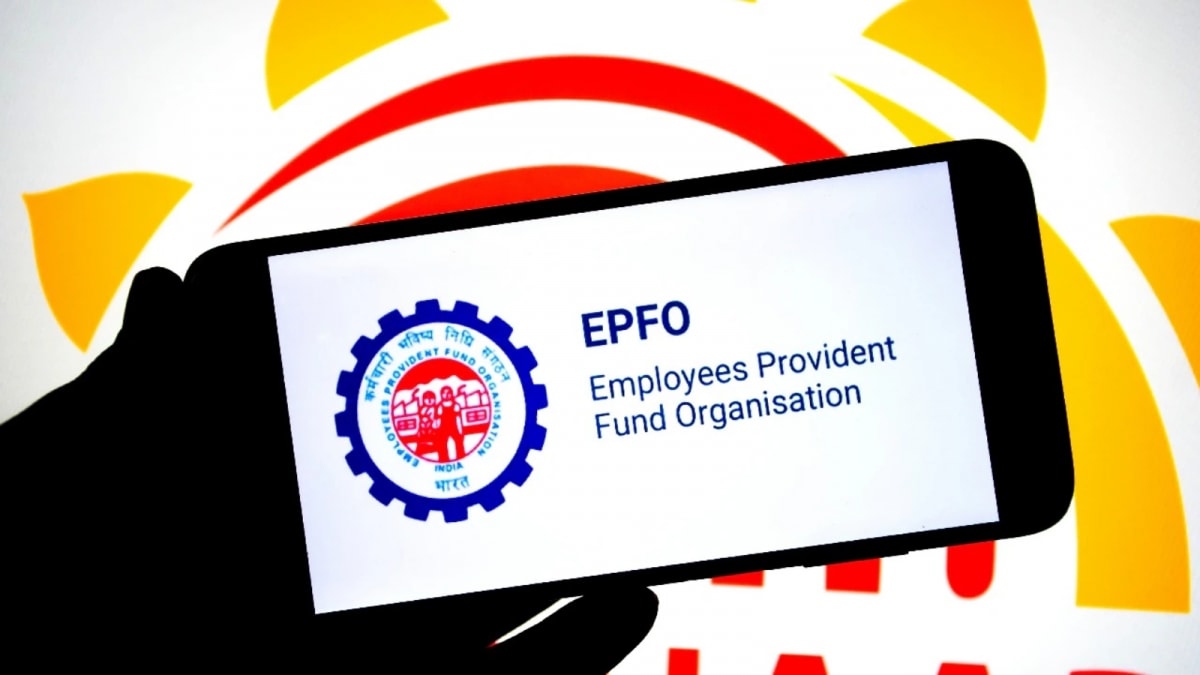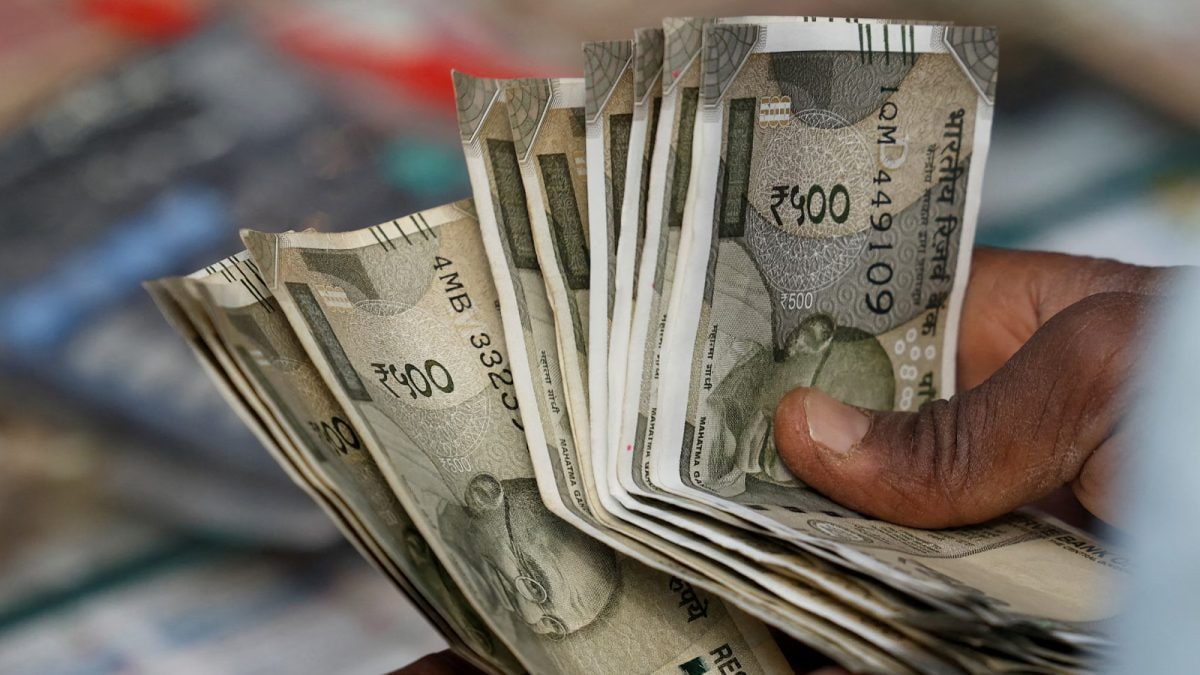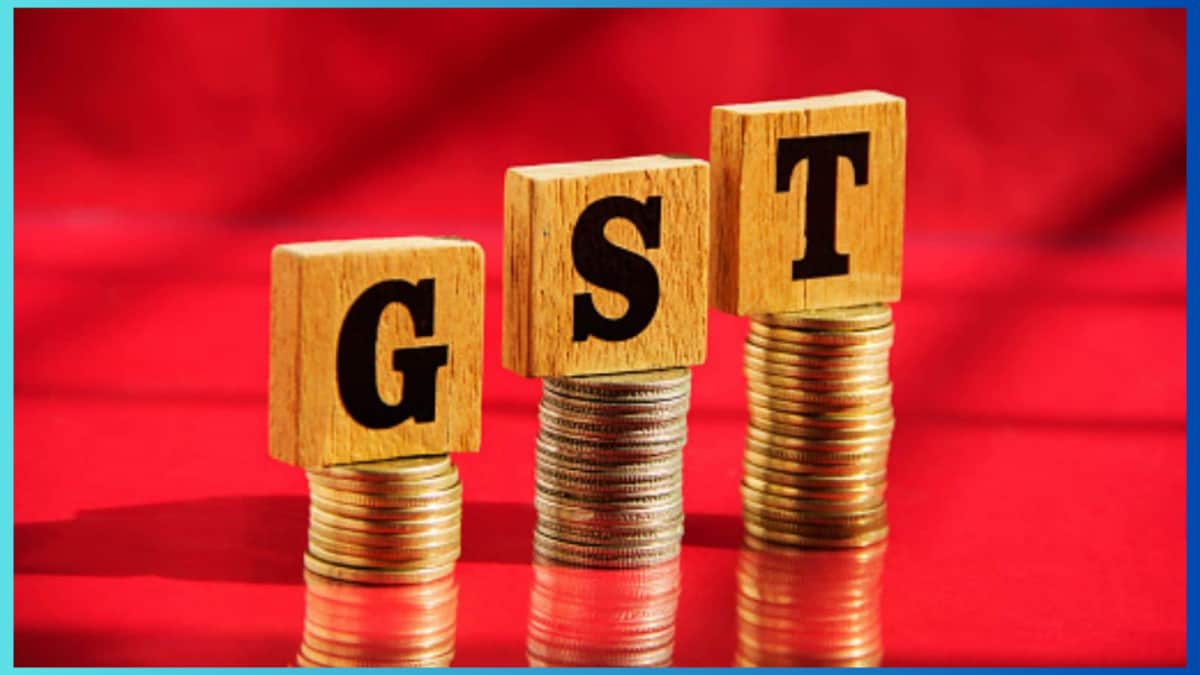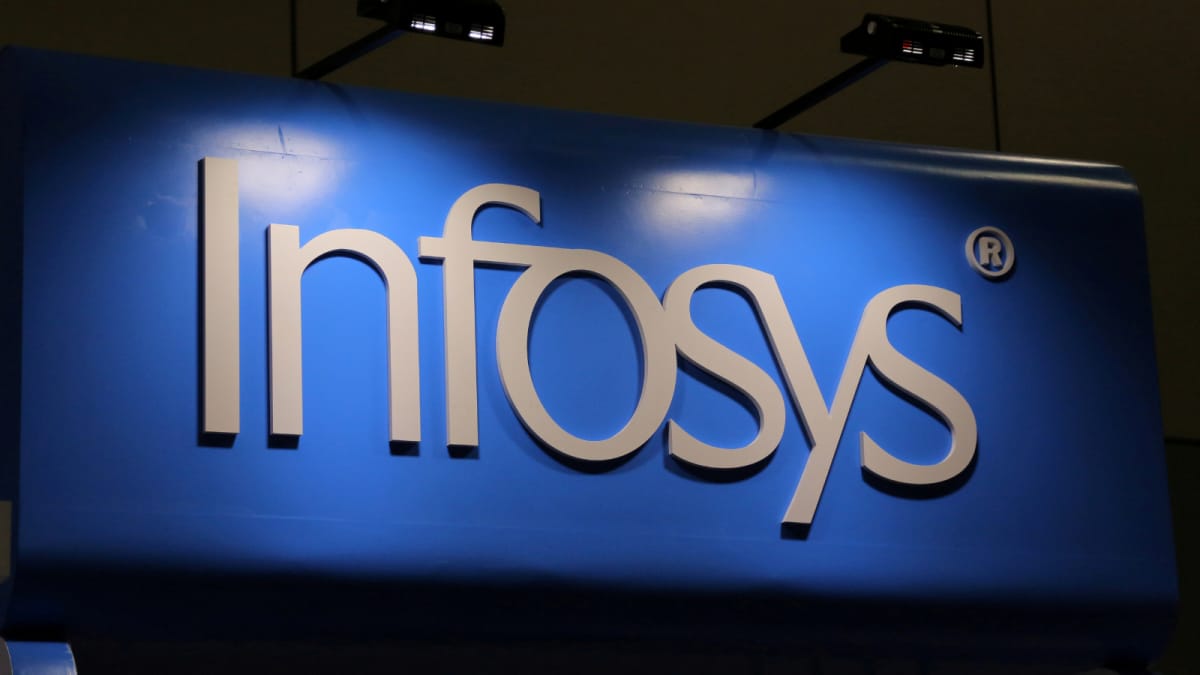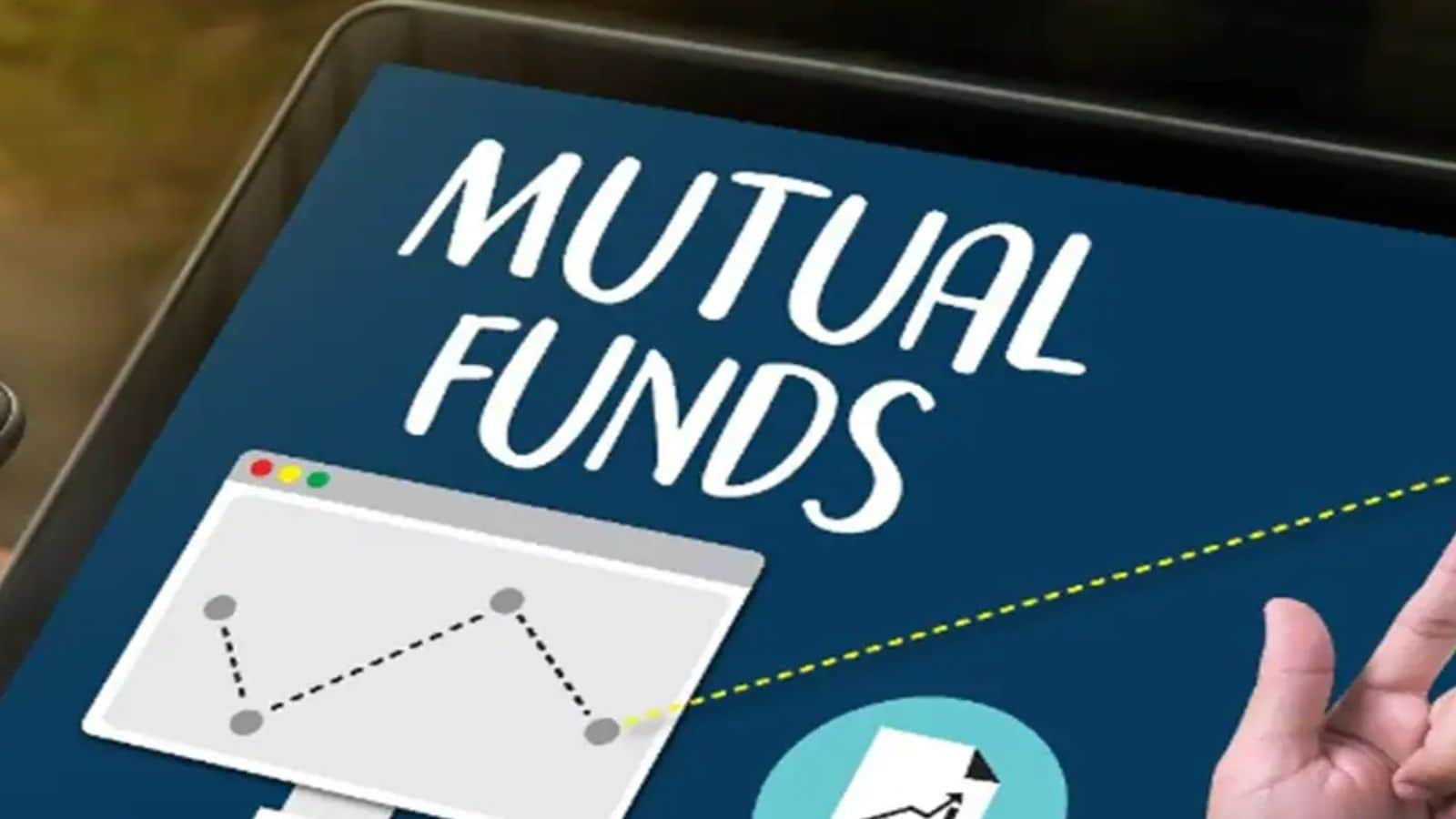Last Updated:
EPFO manages EPF funds for private sector employees, mandating contributions from both employee and employer. Learn why employer contributions appear lower.

It’s advisable to regularly check the EPF balance to rectify any discrepancies in the employer’s contribution.
The Employees’ Provident Fund Organisation (EPFO) manages the funds under the Employees’ Provident Fund (EPF) scheme, providing an opportunity to private sector employees to build a retirement corpus. According to the EPFO rules, each company or business establishment with 20 or more employees is mandated to register under the EPF scheme.
The EPF scheme, aimed at providing financial security to employees in the formal sector, mandates contributions by both the employee and the employer every month. The accumulated corpus fund in a PF account can be withdrawn on retirement. Partial withdrawals from the EPF account are also allowed under certain conditions.
The government reviews and fixes the EPF interest rate at periodic intervals. For FY 2024-25, the government has fixed the interest rate at 8.25%.
As per the EPFO rules, an employee contributes 12 per cent of the basic salary and dearness allowance (DA) every month to the PF account and an equal amount is also contributed by the employer.
However, you may have noticed in your payslip that your employer is contributing much less than your contribution towards the provident fund account. Let’s understand why it happens and how the employer’s contribution in the PF account is structured.
The Employees’ Provident Fund (EPF) comprises of three different schemes, including retirement benefits, Employees’ Pension Scheme (EPS) and EDLI (insurance).
However, since your employer must also cover the other schemes of the EPF, their contribution towards the PF account gets divided, leading to a disproportional immediate reflection of their part of the sum towards PF.
As per the EPF structure, 8.33 per cent of the employer’s contribution is distributed in the Employees’ Pension Scheme (EPS) to cover the pension component that you get after retirement and the remaining 3.67 per cent goes towards the Employees’ Provident Fund (EPF).
So, generally, when EPF members check their passbooks, the PF contribution by the employers appears lower compared to the employee’s contribution.
An employee can check their and the employer’s overall EPF contribution via the EPFO member’s passbook. It’s advisable to regularly check the EPF balance to rectify any discrepancies in the employer’s contribution.
A team of writers and reporters decodes vast terms of personal finance and making money matters simpler for you. From latest initial public offerings (IPOs) in the market to best investment options, we cover al…Read More
A team of writers and reporters decodes vast terms of personal finance and making money matters simpler for you. From latest initial public offerings (IPOs) in the market to best investment options, we cover al… Read More
view comments
- Location :
Delhi, India, India
Read More


